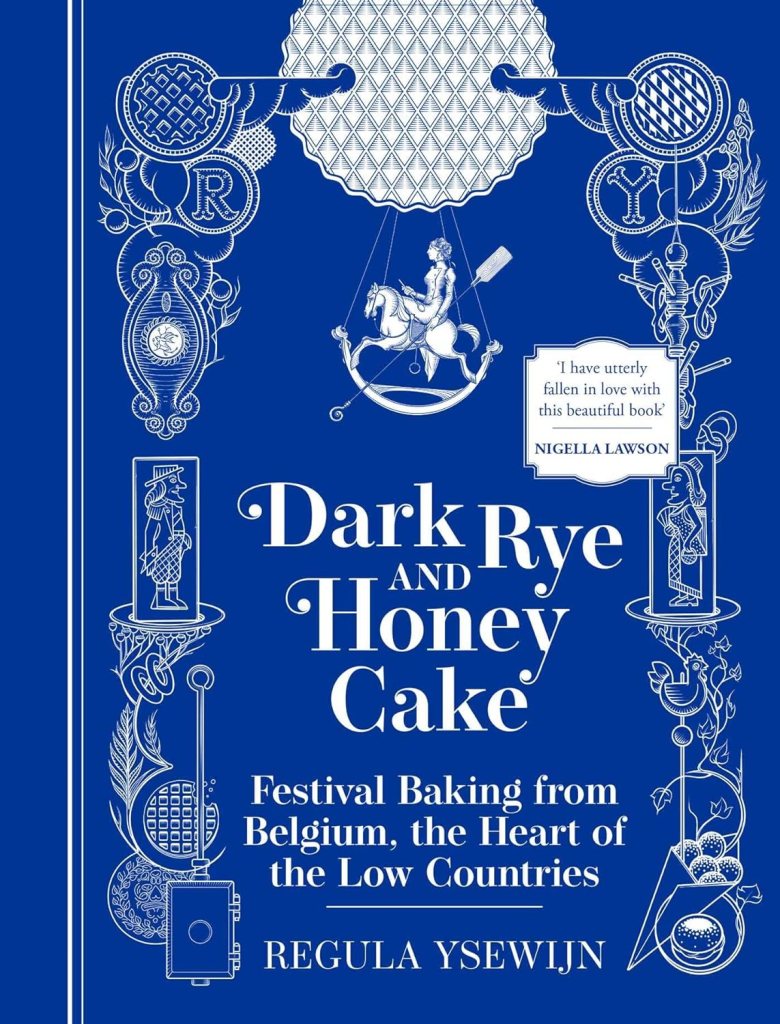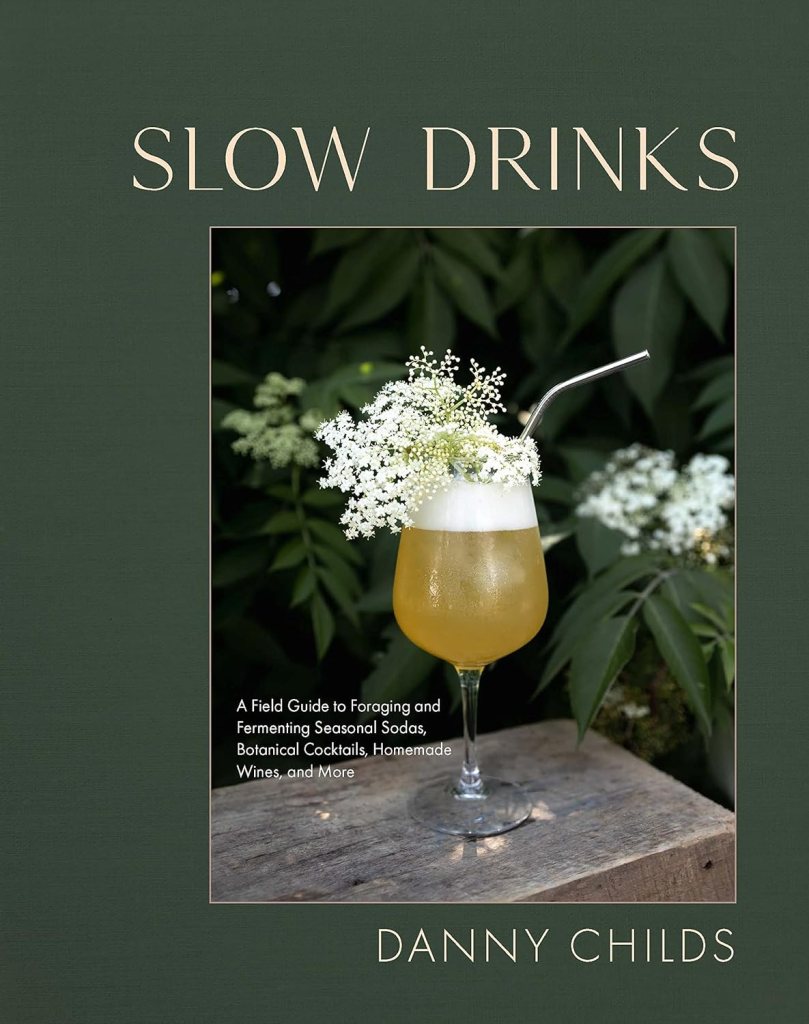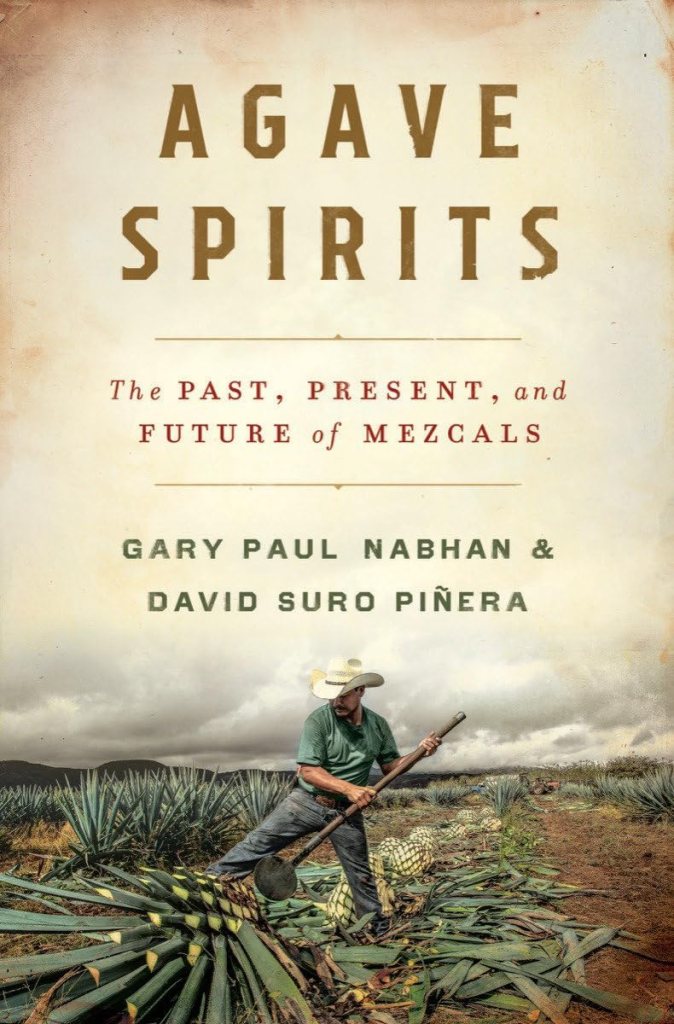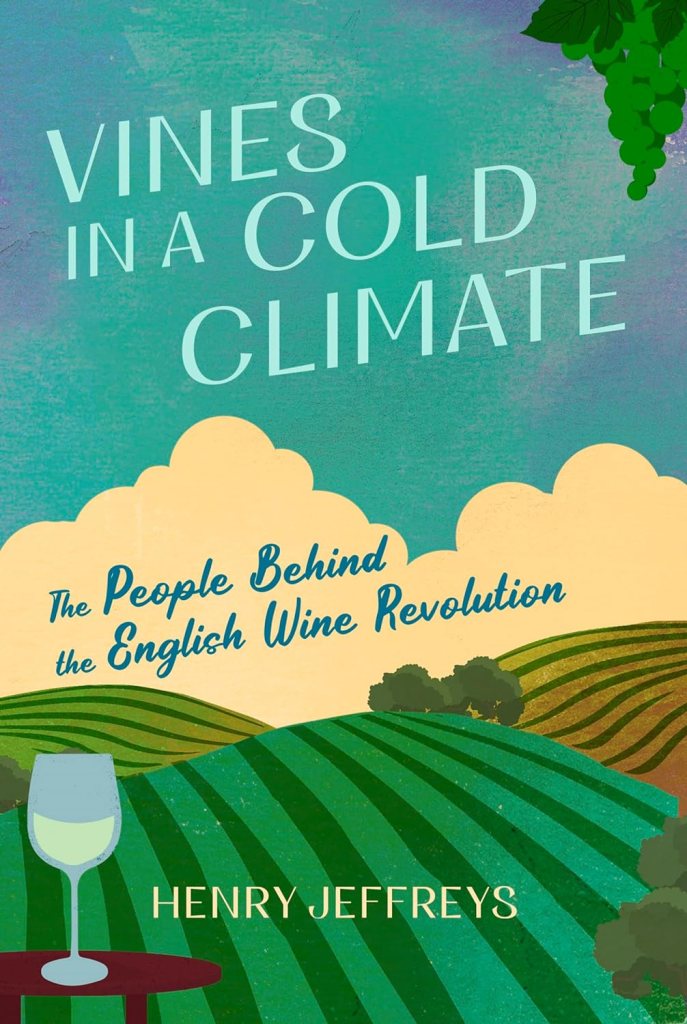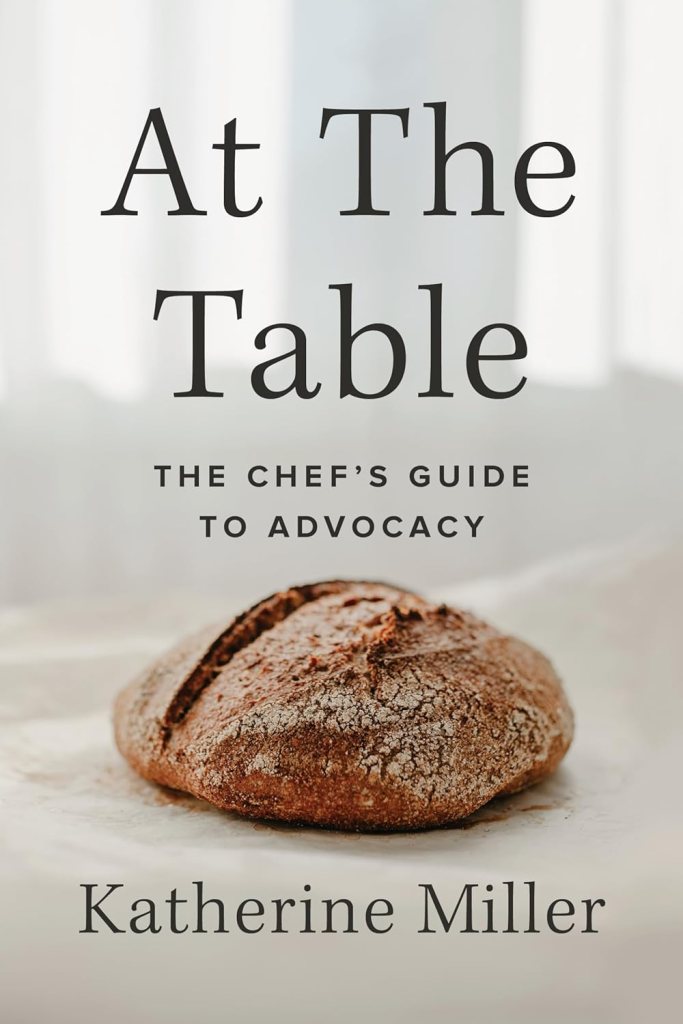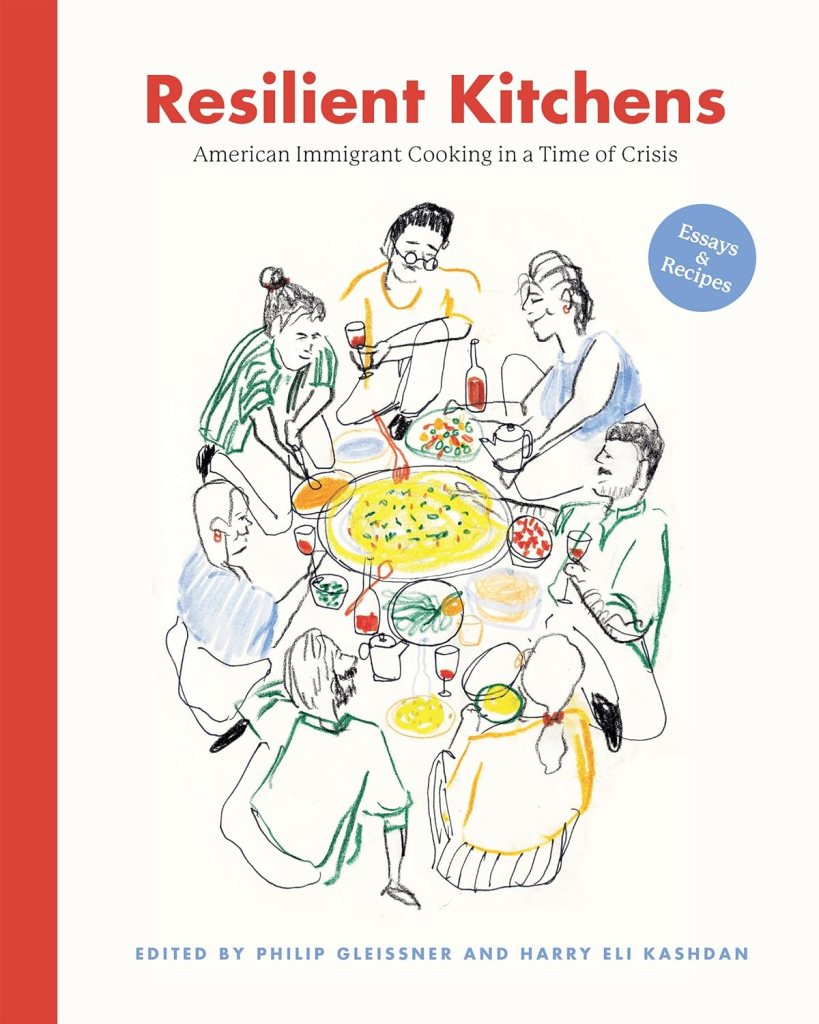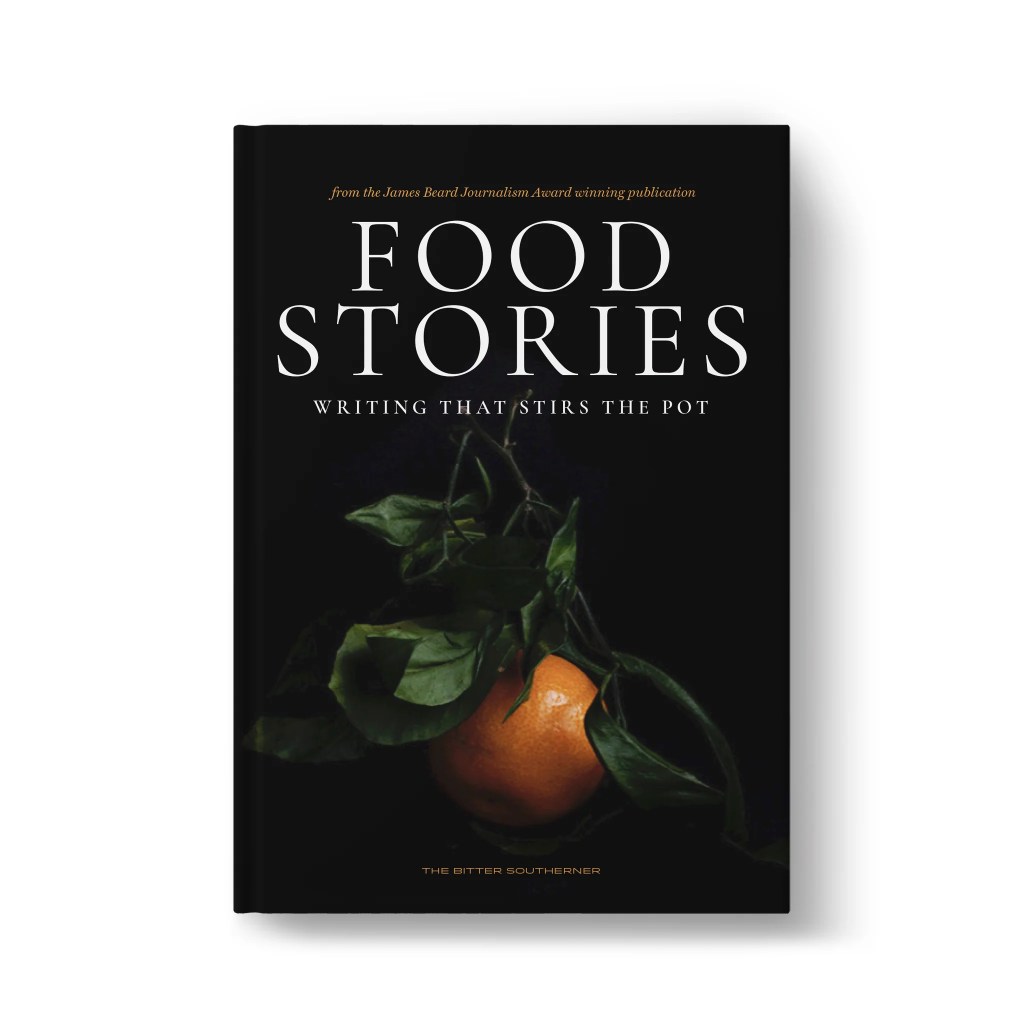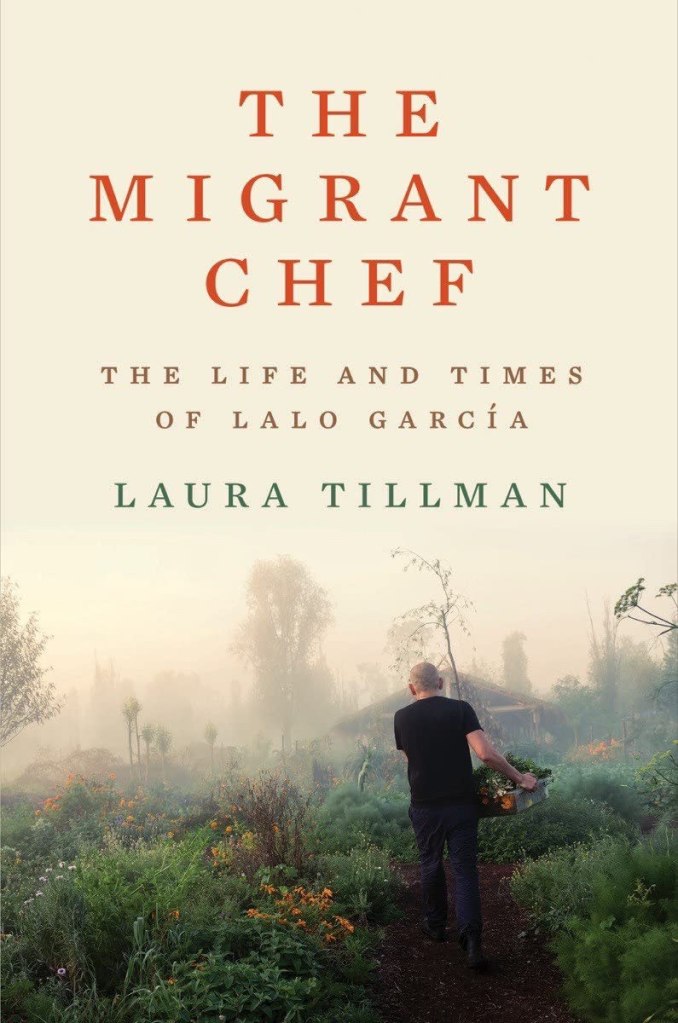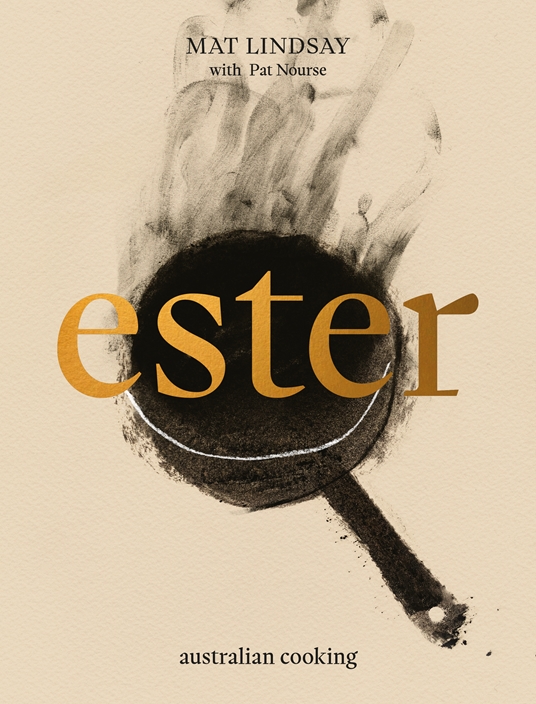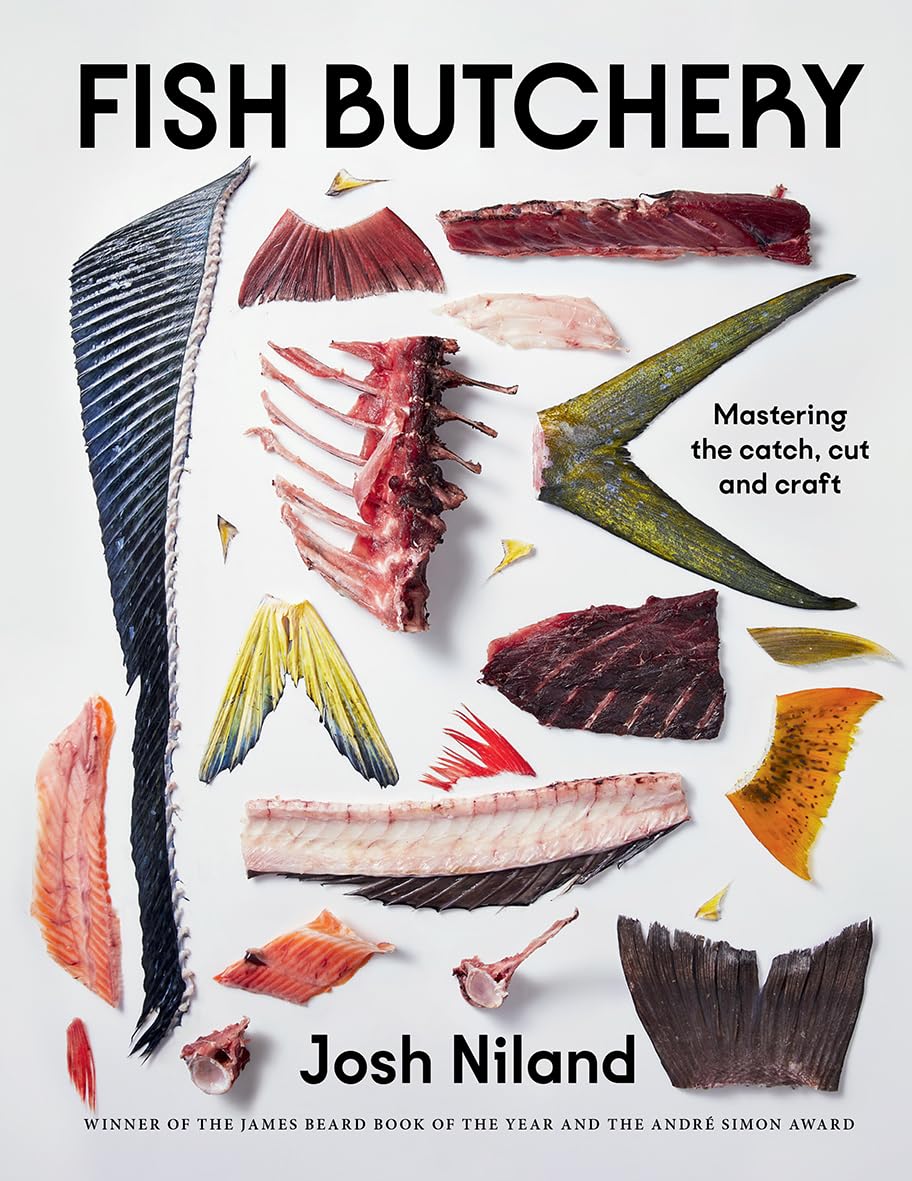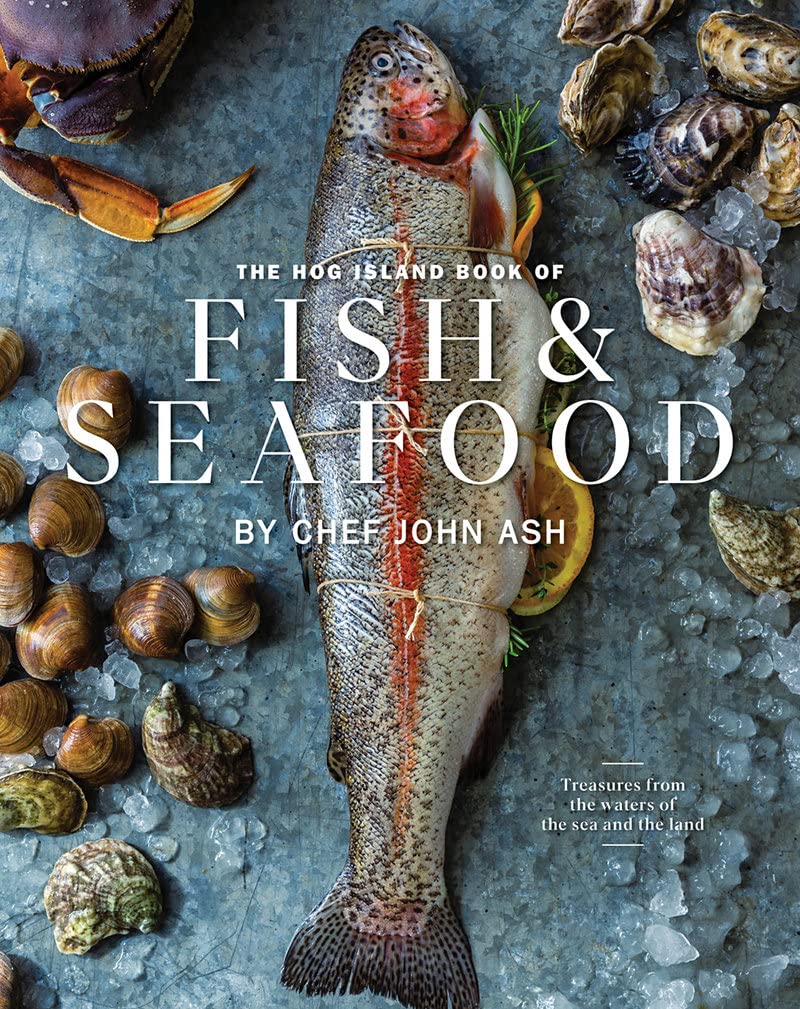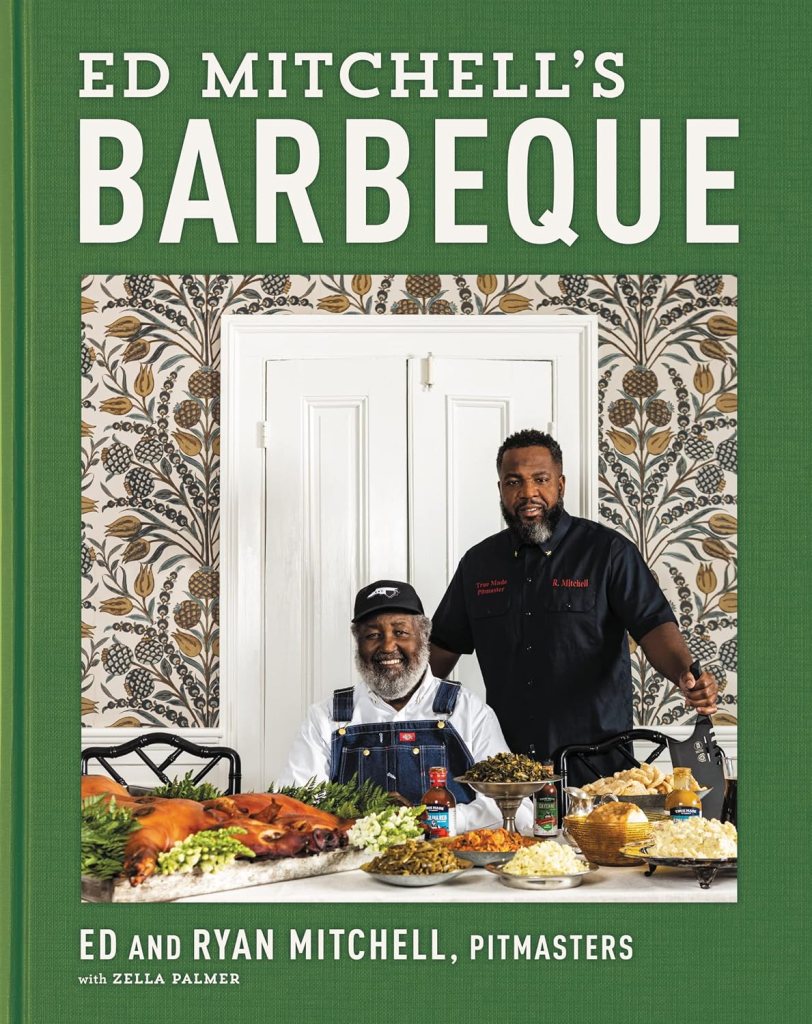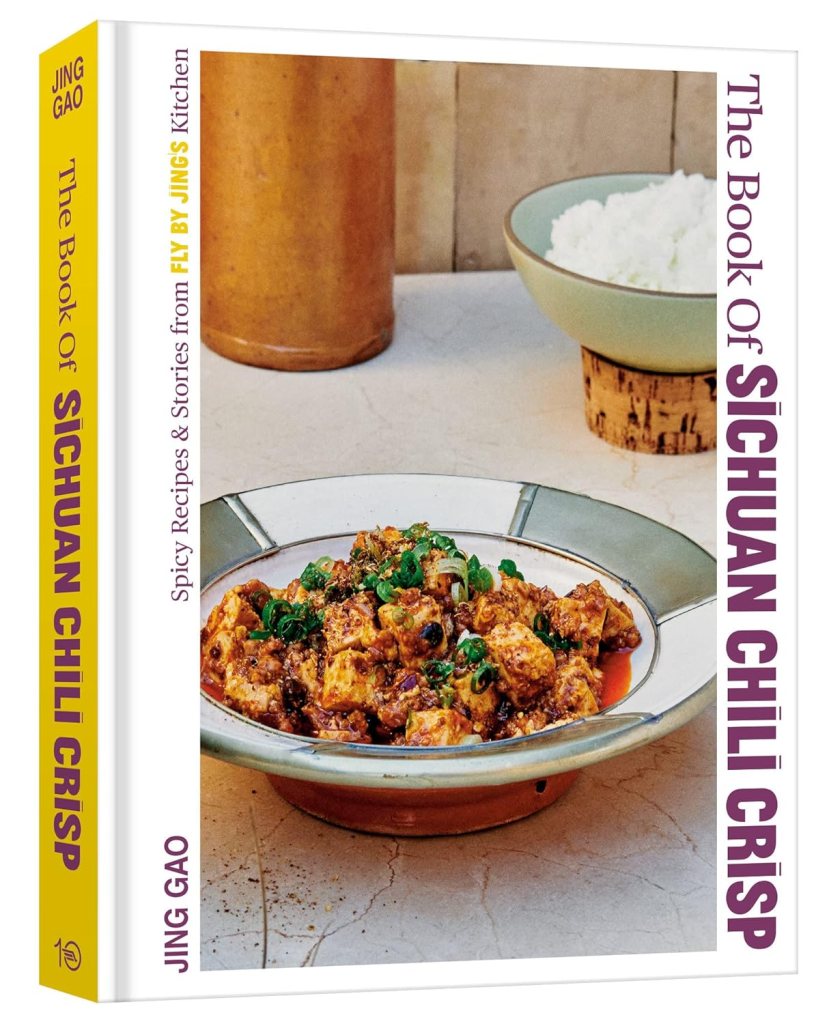“Well-written with enough twists and turns to keep a reader turning the pages, Perrin weaves a taut and unusual tale.”
Frances Adams is a teenager in 1965 when she and two friends are visiting an English country fair on a lovely day. But the day suddenly turns dark when Madame Peony Lane, a fortune teller in a turban who sits behind a gaudy beaded curtain, makes a dire prediction, one that will haunt Frances her entire life.
“Your future contains dry bones,” Peony forecasts in a kitschy Hollywood way. “Your slow demise begins right when you hold the queen in the palm of one hand. Beware the bird for it will betray you. And from that, there’s no coming back. But daughters are the key to justice, find the right one and keep her close. All signs point toward your murder.”
Her two friends Emily and Rose don’t take it seriously, seeing it as so flimsy and fake so they tease her about it. But Frances is uneasy and becomes moreso with each word that Peony Lane utters.
After leaving the fortune teller’s tent, Frances gasps when Emily ties her hair up a ribbon and then fastens a bird necklace around her neck.
“A bird,” Frances says, her eyes narrowing. “The fortune teller said the bird will betray you.”
Emily dashes away and returns with two more silver bird necklaces, one for Rose and one for Frances.
“That way you’ll never know which bird betrayed you. You could even betray yourself,” she tells her friends with a laugh.
But life takes a strange turn. Within a year, they aren’t friends any longer and one of them has disappeared. In the open file kept by the police is a small plastic bag containing a silver chain with a tiny bird clinging to it.
The missing woman isn’t Frances, who embarks upon a strange and lifelong task of trying to solve a murder that hasn’t been committed yet. Sixty years later from when she first receives the warning, Frances is found murdered.
When Annie Adams arrives at her Great Aunt Frances’ estate in the country village of Castle Knoll she becomes determined to find her great aunt’s killer, a task that includes delving into voluminous amount of files and uncovering secrets in her search to find out what happened.
But there is a problem. It won’t be easy to solve the murder, even in as small a village as Castle Knoll. Frances so studiously peered into so many people’s lives in an attempt to discover her killer that almost everyone in the village has a reason for wanting her dead.
“I think of Great Aunt Frances’s murder board, all its crisscrosses of colored string and the different photos there. She suspected the whole town of having a reason to kill her, and seemed completely oblivious to the fact that her suspicious and incessant digging probably gave them those reasons to begin with,” writes Annie who tells the present-day story, which is interspersed with The Castle Knoll Files that Frances started writing shortly after her encounter with the fortune teller.
And now as Annie tries to unravel the mystery, she gives all those potential murderers a reason to commit another one.
How to Solve Your Own Murder (Dutton 2024) is the first adult novel of Kristen Perrin who is originally from Seattle and worked as a bookseller before moving to England where she earned her master’s degree and PhD. How to Solve You Own Murder has garnered great buzz being chosen as A Jimmy Fallon’s Book Club Finalist for 2024, A GMA Buzz Pick!, One of Amazon’s Top 10 Best Books of April, The Top LibraryReads pick for March 2024, and A Publishers Marketplace 2024 BuzzBook.
Well-written with enough twists and turns to keep a reader turning the pages, Perrin weaves a taut and unusual tale.
This book was originally reviewed in the New York Journal of Books.










